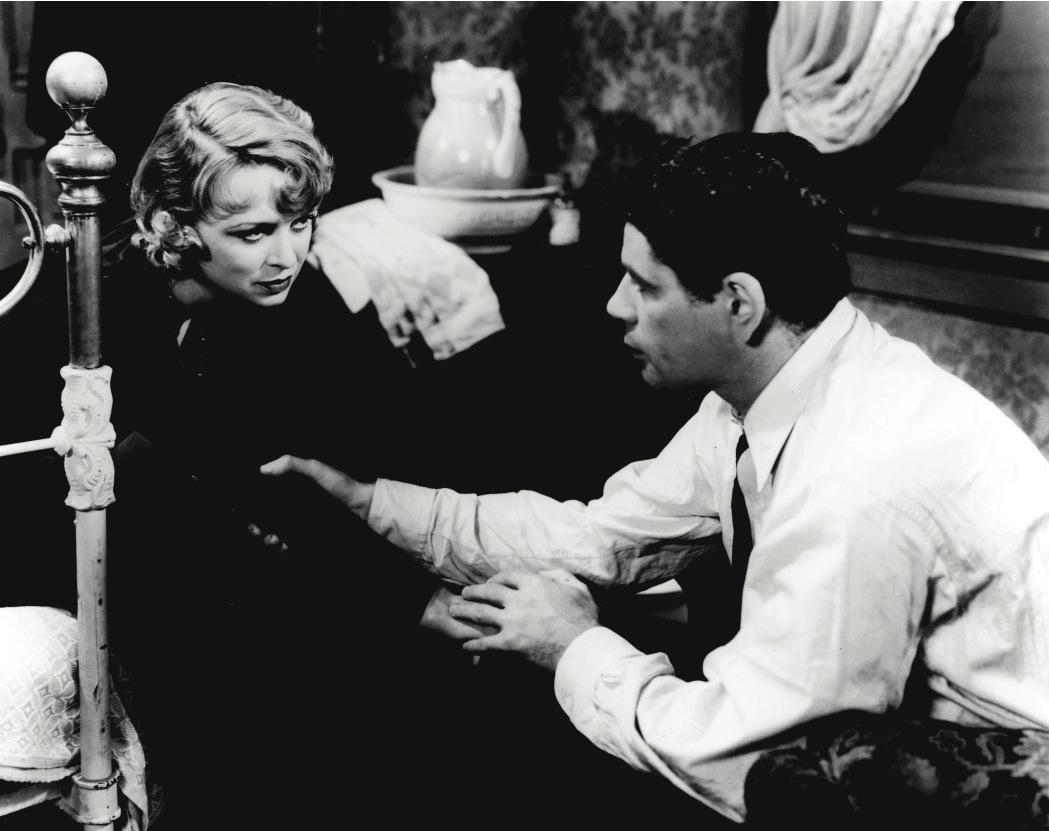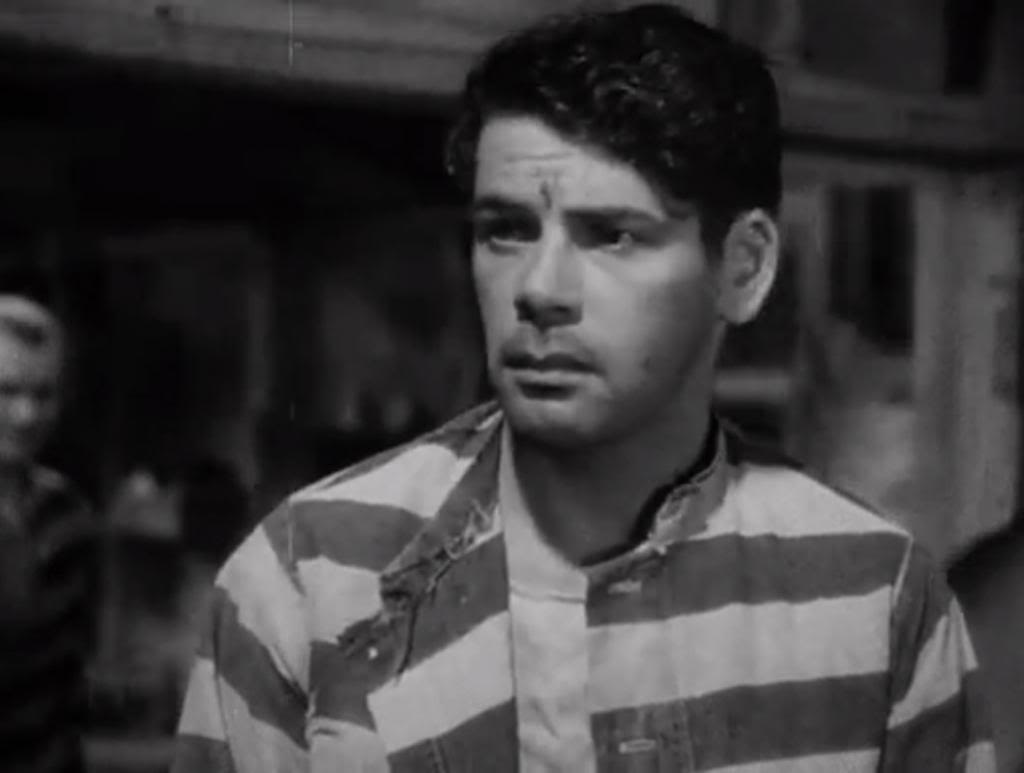Ask the Professor: How does early talkie “I Am a Fugitive from a Chain Gang” use sound creatively?
I Am a Fugitive from a Chain Gang was released in 1932, only five years after the first “talking picture” or “talkie” (a film with synchronized sound), The Jazz Singer (1927). Chain Gang is one of that era’s most enduring, oft-studied films.
ScreenPrism: What’s interesting about how the film uses sound in the context of its time at the start of the talkies era?
Professor Marc Lapadula: What I like to talk about in I Am a Fugitive from a Chain Gang is the power of silence. Now that there are talkies, you can “hear” silence for the first time — it’s what’s not said sometimes in a scene that is the most articulate thing being conveyed. It’s what’s unsaid, beneath the surface, in the pause, the pregnant pause of [playwright Harold] Pinter. In I Am a Fugitive from a Chain Gang, Allen could have launched into some big explanation to the pawn shop owner, shouting, “This is a horrible way to treat the vets,” for the sake of the audience. But he doesn’t. It’s silent, a church-like resounding silence in that pawn shop — because nobody could understand what a guy who’s been in heavy combat has gone through. That’s why heavy combat veterans never talk about their experiences. Talking about it would trivialize it. At the start of the film, Allen won’t even discuss his war experiences with his family, when they ask.

Noel Francis and Paul Muni in I Am a Fugitive from a Chain Gang (1932)
Men who have been in horrible, horrible combat situations, they often don’t talk about it — my father never did talk about it. They’re trying to be civilized men, and what they saw was beyond the pale as far as how uncivilized we can be. Clint Eastwood talks about the machinery of violence. He talks about how there is a switch that goes off, that’s thrown in motion—some mechanism that’s actually the machinery of violence, this is actually what that work here.
I Am a Fugitive from a Chain Gang was produced by Warner Brothers, who also produced Jazz Singer. Darryl F. Zanuck produced both films. But even though they invented the genre of the movie musical with the Jazz Singer, Warner Brothers was not known for making the great musicals—that was MGM. So, to harness their own identity, Warner Brothers started taking on tough socially conscious/raising your social consciousness/social message movies. Jack Warner said, “It was the first sermon I had ever put on film,” but that sermon was very subtle. This is a subtle film that knew when to not say anything. It used the power of silence.
When it did come to the dialogue, movies like I Am a Fugitive from a Chain Gang also brought a new, more sophisticated type of actor into the spotlight. Paul Muni, the star, came from Yiddish theater. He was a stage-trained actor. When the talkies arrived, movies needed a whole new generation of actors because a lot of silent stars did not have any vocal skills — after all, they were silent movie stars. They were cinema-genic, but they couldn’t speak English, or they had very strong accents that prevented them from taking on mainstream American characters. They also had big gesticulations. Actors now had to eschew those impulses.

Paul Muni in I Am a Fugitive from a Chain Gang (1932)
Filmmakers had to stop casting the old style of actors, and they had to find a whole new stable of actors, so they turned to the theater. This was revitalizing for cinema because theater actors were used to delivering and remembering lines, and they gave much more realistic performances, which is what the medium was now going for: realism. Previously, movies had centered on big pantomime, hyperbolized acting styles that defined the silent movie era.
Read more from Ask the Professor: What was the social impact of ‘“I Am a Fugitive from a Chain Gang”?

